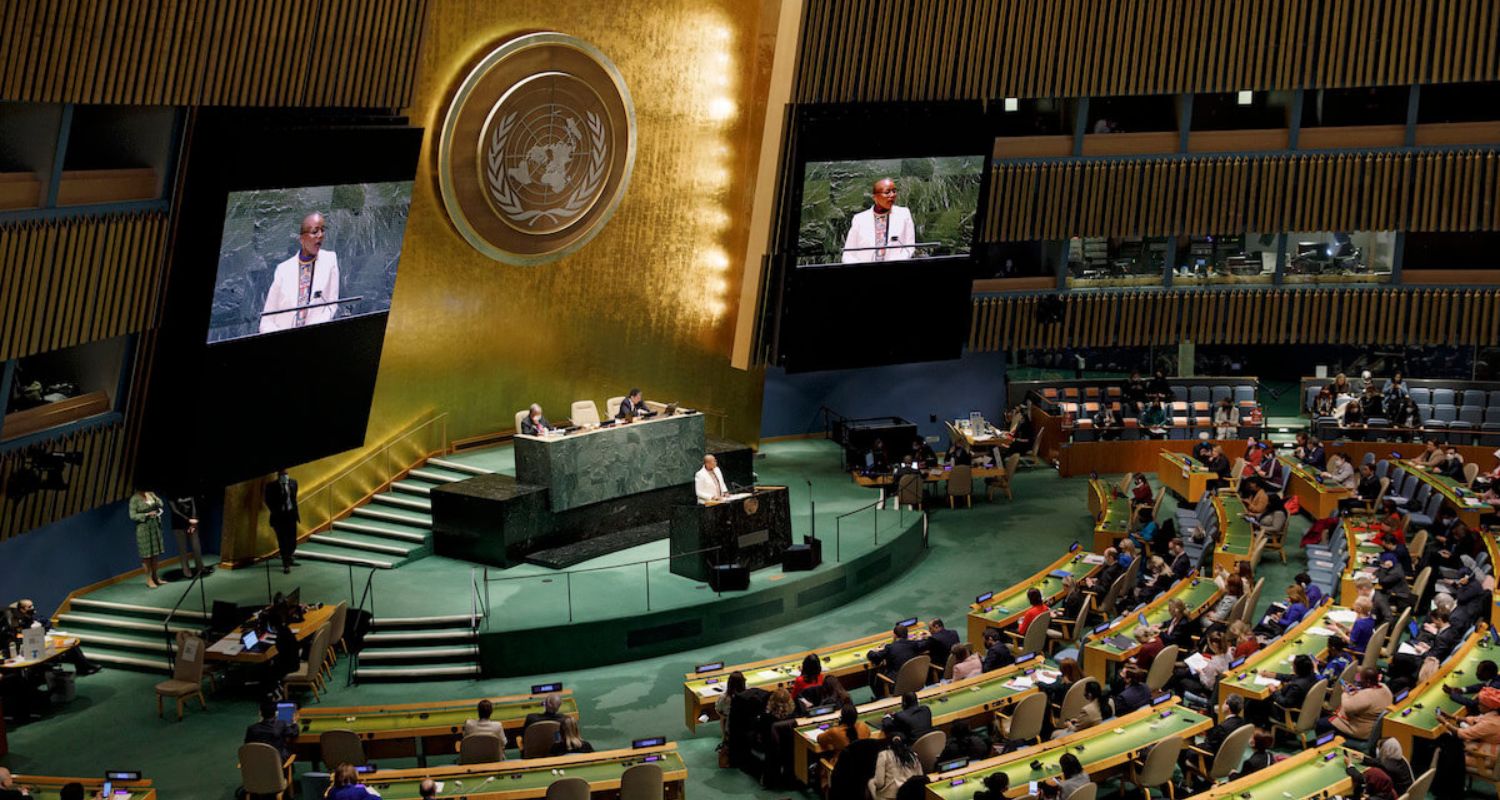The Western regions are currently witnessing a frenzied pursuit of mineral wealth, propelled by the escalating demand for resources vital to the energy transition and the burgeoning field of emerging technologies.
This surge has triggered a revival in mining operations, predominantly targeting the extraction of rare earth elements and other crucial minerals. Several factors are contributing to this mineral rush, each playing a pivotal role in reshaping the landscape of resource exploitation.
One of the primary catalysts for this surge is the imperative of the energy transition. The relentless quest for minerals such as lithium, copper, and rare earth elements has intensified, driven by the burgeoning requirements of clean energy technologies like electric vehicles and solar panels.
Public lands across the Western expanse, owned by U.S. taxpayers, have become hotbeds for mining activities.
Mining companies, capitalising on this opportunity, can stake claims on vast expanses of public land by identifying the presence of minerals, marking their territory with four stakes in the ground, and filing a claim. This practice has spurred an increased utiliSation of public lands for mining pursuits, raising questions about the responsible use of these shared resources.
ALSO READ: Saudi Arabia unveils significant gold deposits, expanding mining prospects
Rare earth elements, critical components in various emerging technologies such as cell phones, solar panels, and electric vehicles, stand at the forefront of this mineral rush.
The escalating demand for these elements, fueled by their integral role in modern technology and the burgeoning electric vehicle industry, has heightened the competition for their extraction and supply.
Federal policies are also contributing significantly to this mineral rush. The Inflation Reduction Act, featuring a tax credit for electric vehicles if their components are domestically sourced, has emerged as a major incentive for mining companies to stake claims in the West.
Additionally, the United States’ strategic goal of reducing reliance on China, which currently dominates the rare earths market, has added momentum to the rush for securing these critical minerals domestically.
Nevertheless, this surge for mineral wealth in the West comes with its share of environmental concerns. The extraction of rare earth elements and other critical minerals carries substantial environmental risks, including air and water contamination.
As the demand for these minerals continues to grow, so do conflicts with local communities and Indigenous rights, underscoring the delicate balance between economic pursuits and environmental and social sustainability.
In essence, the West finds itself at the epicenter of a mineral rush propelled by the imperative of the energy transition and the insatiable appetite for emerging technologies.
While this rush promises economic opportunities, it also raises pressing questions about responsible resource management, environmental sustainability, and the equitable treatment of local communities and Indigenous populations.












